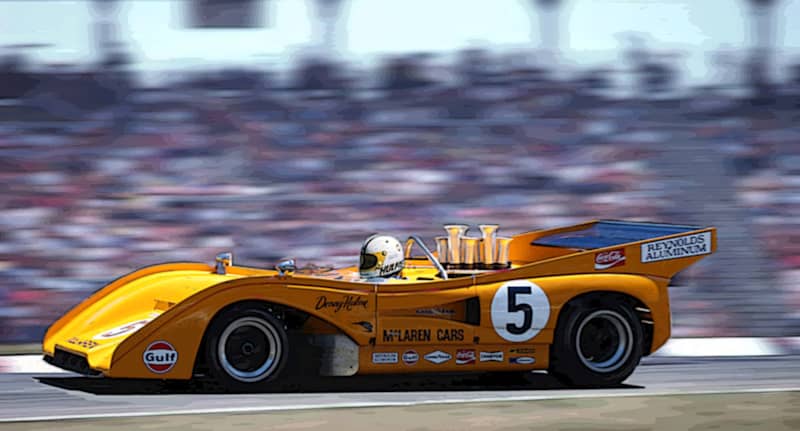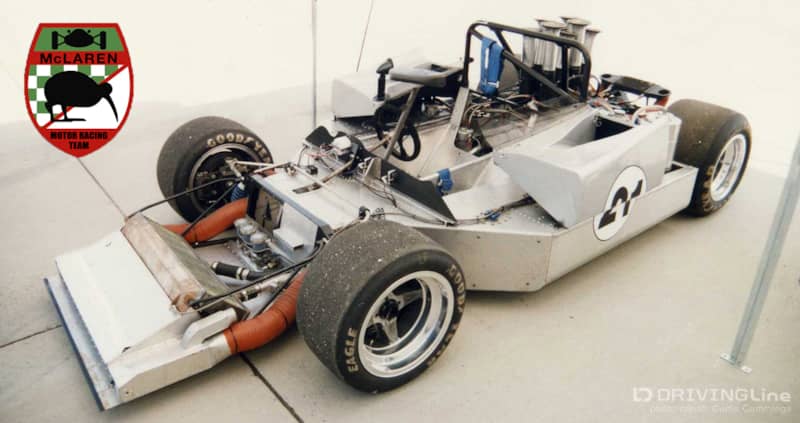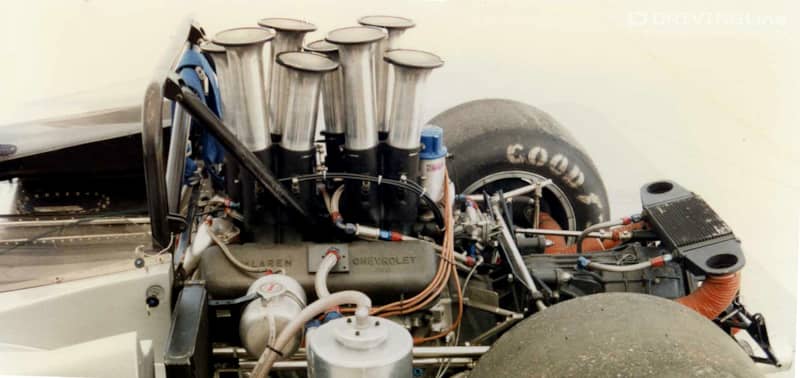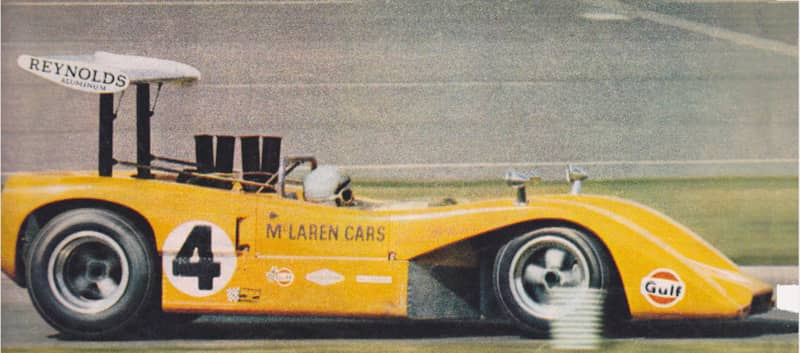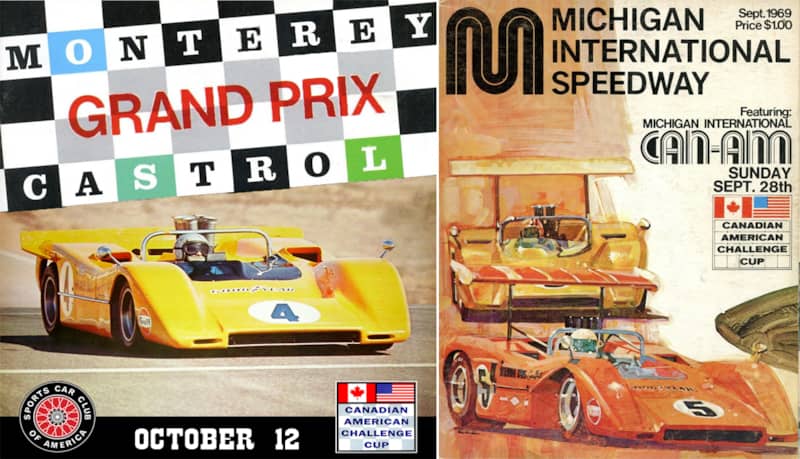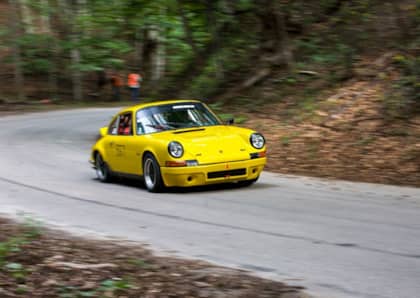Can-Am Series: The True Unlimited
“Awesome” and “epic” are two badly over-used words. But the 1966-1974 Canadian-American Challenge Cup series of open cockpit, over-powered road racing, can’t be described in any other terms. As close to unlimited as sports car racing ever got, the Can-Am years redefined what was possible in speed and brute power. Conceived from the start to be North America’s premier road racing series, the grandstands were full, and the victory purses were fat, attracting the top drivers and design geniuses from across Europe and the U.S. The rulebook allowed any engine and almost any chassis configuration. You want wild aerodynamics? Try it out. Superchargers, turbochargers? Bolt ‘em on. Giant cartoon-like inverted wings? Okay.